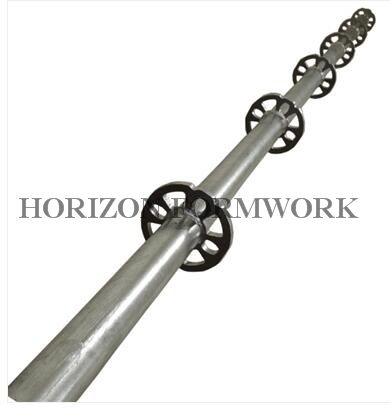دېكابىر . 21, 2024 08:41 Back to list
Innovative Concrete Shuttering Solutions for Efficient Construction Projects in China
The Importance of Concrete Shuttering in Construction
Concrete shuttering, often referred to as formwork, is a crucial aspect of construction, particularly in the context of building structures made of reinforced or plain concrete. As the temporary or permanent molds into which concrete is poured, shuttering plays a vital role in determining the quality, shape, and strength of the finished structure. With the rapid growth of the construction sector in China, understanding the significance, types, and innovations in concrete shuttering systems has become increasingly important.
The Function of Concrete Shuttering
The primary function of concrete shuttering is to hold the freshly poured concrete in place until it hardens and gains sufficient strength. This process is essential, as any movement of the formwork during the curing period can affect the shape and structural integrity of the concrete. Shuttering not only provides shape to the concrete but also supports the weight of the wet mixture, allowing for a seamless construction process. By controlling the curing environment, well-designed shuttering systems contribute to the overall durability and longevity of the concrete.
Types of Concrete Shuttering
There are various types of concrete shuttering, each suitable for specific applications
. The most common types include1. Timber Shuttering Traditionally, timber has been widely used for concrete shuttering due to its availability and ease of handling. It can be cut and shaped easily to form complex structures. However, timber is prone to warping and can lead to inconsistencies in surface finish.
2. Steel Shuttering Steel shuttering offers greater durability and a smoother finish compared to timber. It can withstand heavy loads and is reusable, making it a cost-effective option for large projects. Its modular nature allows for quick assembly and disassembly, which is beneficial for time-sensitive projects.
3. Aluminum Shuttering This is a lightweight alternative to steel and provides excellent dimensional stability. Aluminum shuttering is not only easy to handle and transport, but also resistant to corrosion, making it suitable for various environments.
china concrete shuttering

4. Plastic Shuttering Increasingly popular in modern construction, plastic shuttering is lightweight, durable, and water-resistant. It is available in various shapes and sizes, allowing for flexible design options. Its non-stick surface eliminates the need for releasing agents, resulting in a cleaner construction process.
Innovations in Concrete Shuttering
As the construction industry in China evolves, so do the techniques and materials used in concrete shuttering. Innovations aimed at improving efficiency, reducing waste, and enhancing the quality of finished structures are gaining traction. For instance, the introduction of modular formwork systems allows for quick adjustments and reconfiguration according to project demands, reducing labor costs and time.
Furthermore, advancements in technology have led to the development of smart shuttering systems equipped with sensors and automation capabilities. These systems can monitor the curing process and environmental conditions, ensuring optimal results and reducing the risk of structural failures. Integration with Building Information Modeling (BIM) enables better planning and resource management, ultimately leading to more sustainable construction practices.
Challenges and Considerations
Despite its numerous benefits, there are challenges associated with concrete shuttering. Ensuring proper alignment, stability, and leak-proof functionality of the shuttering system is crucial to prevent leaks and ensure the quality of the concrete. Moreover, the choice of shuttering material can significantly impact construction costs, project timelines, and environmental sustainability.
To address these challenges, construction teams must prioritize thorough planning and consultation with experts. Training workers on the proper handling and installation of shuttering systems can also minimize errors and improve overall project delivery.
Conclusion
Concrete shuttering is more than just a temporary support structure; it is a critical component that influences the overall quality and performance of concrete structures. With the ongoing advancements in materials and technology, the shuttering industry in China is poised for growth, driven by an increasing demand for innovative building solutions. As construction projects become more complex, the importance of effective concrete shuttering will only continue to rise, underscoring the need for ongoing research, development, and education in this vital sector.
-
Adjustable Heavy Duty Props for Slab Formwork - Strong & Safe Support
NewsAug.22,2025
-
Formwork Spring Clamp Factories: Quality & Bulk Supply
NewsAug.21,2025
-
Premium Ringlock Scaffolding | China Manufacturer & Supplier
NewsAug.19,2025
-
Efficient Table Formwork for Fast Slab Construction & Reusability
NewsAug.18,2025
-
Timber Beam H20 Formwork & Shuttering - Durable & Reliable
NewsAug.17,2025
-
Timber Beam H20: Premium Formwork & Shuttering Solutions
NewsAug.16,2025